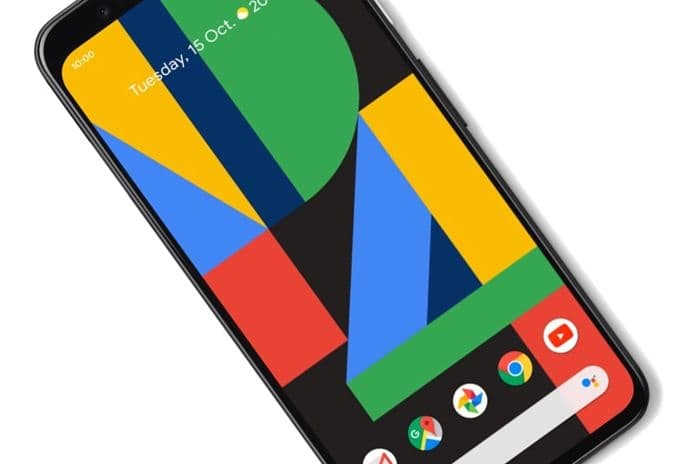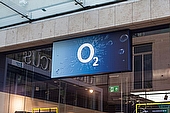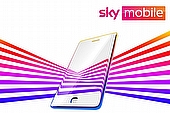Home > Mobile > News > Google focus on photos with Pixel 4 launch
Google focus on photos with Pixel 4 launch
Latest flagship smartphones from Google finally unveiled at launch event after numerous online leaks in recent months.
The Pixel 4 and 4 XL show Google have improved slightly on the technical specifications, but the real focus is on the camera capabilities of the phones.
Pricing for the Pixel 4 begins at £669 for the 64GB version, while the Pixel 4 XL pricing starts at £829.
Both phones will be released in the UK on Thursday 24 October, with pre-orders available now from major mobile providers.

Improved camera
Many features of the Google Pixel 4 have been rumoured for months due to online leaks, but the launch has confirmed many elements we were already aware of such as the Oh So Orange handset colour.
The addition of a second rear camera with a telephoto lens is a first for Google, although they don't go as far as adding a third on either of their devices as Apple have recently done with the iPhone 11 Pro.
The two rear cameras on the Google Pixel 4 are 16MP with 2.4 aperture and 12.2MP with 1.7 aperture.
There's also an 8MP selfie camera, but it's worth noting that the second front-facing camera featured on the Pixel 3 and 3XL has been removed.
Other specification alterations include a slightly faster processor (Snapdragon 855 rather than the 845) and 2GB of additional memory. Both come with Android 10 as standard.
It's also notable that the notch along the top of the screen has been replaced by a full width bezel where the camera is housed. This removes the unsightly notch that some users hate but has the effect of making the phone slightly larger as the screen size has been increased too.
One omission from the Google Pixel 4 and 4 XL is the fingerprint scanner. Instead, Google has thrown their complete weight behind Face Unlock as a way of rapidly unlocking the device.
Pixel 4 or 4 XL?
The main differences between the Pixel 4 and the 4 XL are in the display, battery and, of course, the price tag.
While the Pixel 4 has a 5.7-inch Full High Definition (FHD) screen, the Pixel 4 XL boasts a 6.3-inch Quad High Definition (QHD) screen which offers a sharper viewing experience.
Pixel density on the Pixel 4 is 444 ppi while the 4 XL boosts this to 537 ppi. Both are slight improvements on the 3 and 3 XL (443 ppi and 522 ppi respectively).
With a 2,800 mAh battery, the Pixel 4 has a slightly smaller battery capacity than its predecessor (2,915 mAh). However, the 3,700 mAh battery of the 4 XL is an improvement on the 3,430 mAh of the 3 XL.
Pricing for the 64GB model of the Pixel 4 is £669, rising to £769 for the 128GB device. The Pixel 4 XL begins at £829 for 64GB, rising to £929 for the 128GB.
Crucially, neither of these devices break the £1,000 mark, as the troubled Samsung Galaxy Fold and premium versions of the Apple iPhone 11 do.
Solid smartphone option
There doesn't seem to be much that's extraordinary about the Google Pixel 4 and 4 XL. Instead, they build on the solid reputation Google has for producing smartphones to deliver another pair of hardworking Android devices.
These phones are at the high end of the smartphone market, though, and it's likely we'll see a 4a and 4a XL early in 2020, just as the 3a and 3 XL released in May 2019.
While there are no huge surprises from this launch, Google will no doubt be hoping the specifications of the phone and, especially, its photographic capabilities will prove to be a winner among Android fans.
Get insider tips and the latest offers in our newsletter

We are independent of all of the products and services we compare.

We order our comparison tables by price or feature and never by referral revenue.

We donate at least 5% of our profits to charity, and we have a climate positive workforce.
Latest News

05 December 2024
Merger of Vodafone and Three UK approved
19 August 2024
New O2 Essential Plan for those on social benefits
06 August 2024
Three UK moves to pounds and pence annual price risesGet insider tips and the latest offers in our newsletter


